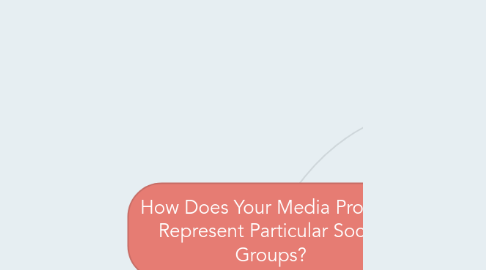
1. Voice Over
1.1. During our opening sequence, we used a voice over to relate to to teenagers and young adults. It discussed a range of issues in modern society which the majority of our target audience can relate with.
1.1.1. We used the voice of a young female teenager, in order to make the dialect sound vulnerable and insecure. We also did this to make sure it's an accurate representation of the audience as the script was written to voice their own disputes.
1.1.2. Our voice over covered a range of topics, such as feminism and discrimination. This is something we know from research recurrently affects our target market (13-21 years old).
2. Costume
2.1. The costume our main character wore was a black over-sized jumper, black leggings and brown boots.
2.1.1. The clothes our main character is wearing, is usually unexpected and uncommon for females in a strict society to wear.
2.1.2. This immediately shows the audience that she is a non-conformist and is breaking out of the stereotypical mold and rebelling against this custom.
3. Body Langauge
3.1. During the entirety of the opening sequence the main character's emotions and feelings are represented non-verbally, through facial expressions and body language.
3.1.1. Ivy's posture and facial expressions shows her distress, misery and anxiety. Her head and hand movements as well as her personal space also show her outcast isolation.
3.1.2. These are all emotions that every teenager is familiar with and experiences recurrently. It represents segregation of teenagers and young adults when they are not willing to conform to their social norm.
